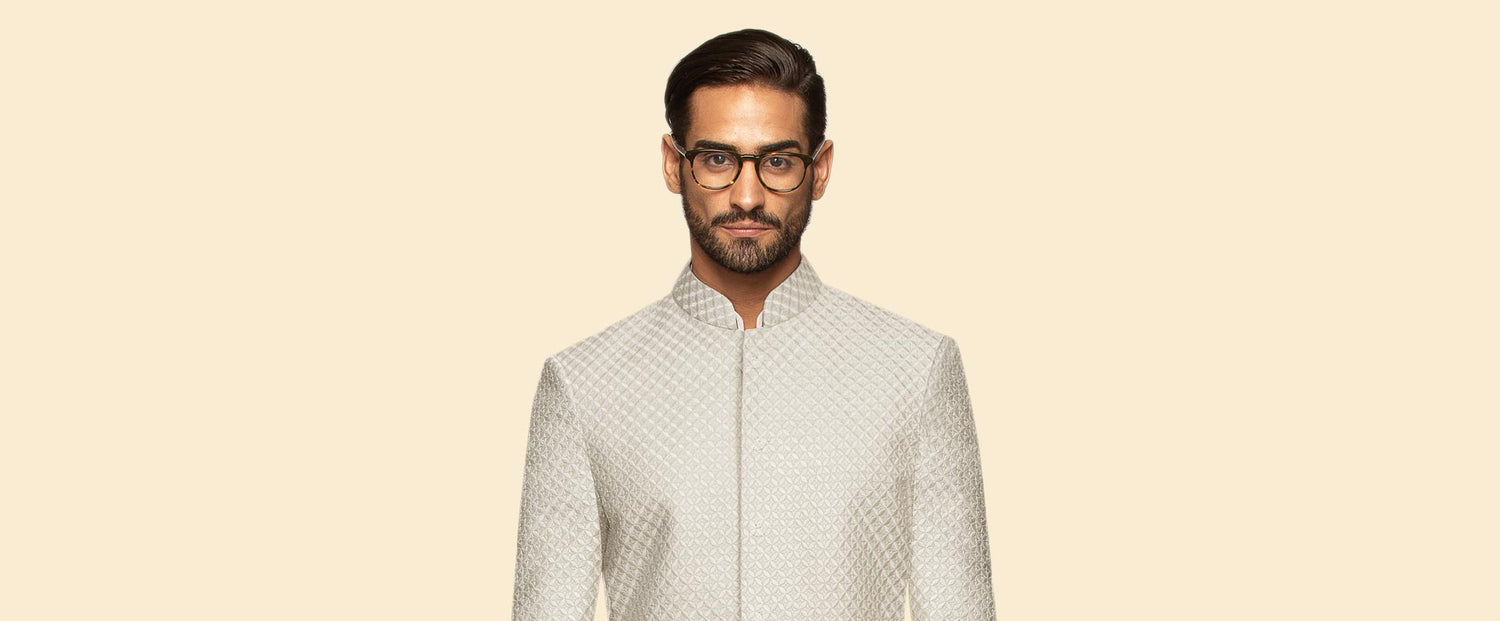
The Philosophy of Fit
Before fabric, before silhouette, before lapel width or lining — there is fit.
Fit is the first conversation your clothing has with the world. It is silent, but exacting. It reveals how you move through space. How you hold yourself. Whether you lead with intention — or walk behind it.
And yet, for something so essential, fit is often misunderstood. Too many reduce it to measurement, tape, and tailor's chalk. But true fit — the kind that elevates — is a philosophy. One that begins not with the body, but with how you choose to inhabit it.
Not Tight. Not Loose. Just Right.
The perfect fit does not cling. It does not drown. It frames. It reveals structure without rigidity. Ease without excess. A jacket that hugs the shoulders but allows you to exhale. Trousers that fall with weight but never drag. Sleeves that suggest movement, not confinement.
Fit, when done well, disappears. You don’t notice it — only how composed the man appears inside it.
The Architecture of Confidence
Fit does more than flatter. It informs how we carry ourselves. A jacket that fits well invites better posture. A shirt that sits just right at the collar brings the chin slightly higher. These are not affectations — they are the quiet rituals of dignity.
Confidence doesn’t require statement. Often, it begins with something as simple as a clean break at the hem, or the absence of a shoulder divot. Small things. Invisible to most. Yet unmistakable to those who know.
Personal, Not Perfect
The right fit is never absolute. It is personal. Some men favour a softer silhouette — Neapolitan, gently rolling. Others, a more structured line. One is not superior to the other. What matters is coherence: the fit must align with the life you lead, the pace you walk, the gestures you make.
This is why we take time. Why we ask not just your measurements, but your habits. Do you carry a phone in your inner pocket? Do you sit more than you stand? Do you speak with your hands? A well-fitted garment honours these truths — it doesn’t fight them.
The Tailor as Interpreter
A tailor’s work is not to impose shape, but to listen to it. To read the curve of a shoulder like a line of verse. To find balance not just across the chest, but across the life of the wearer. Every adjustment — a sleeve shortened, a waist let out, a vent deepened — is a negotiation between form and function, between movement and memory.
It is not fashion. It is sculpture. Worn in motion.
The Final Word
In the end, fit is the difference between dressing up — and dressing well. It asks for less — but demands more. Less noise. More nuance. Less trend. More truth.
So the next time you reach for a jacket, ask not if it fits. Ask if it understands you.
